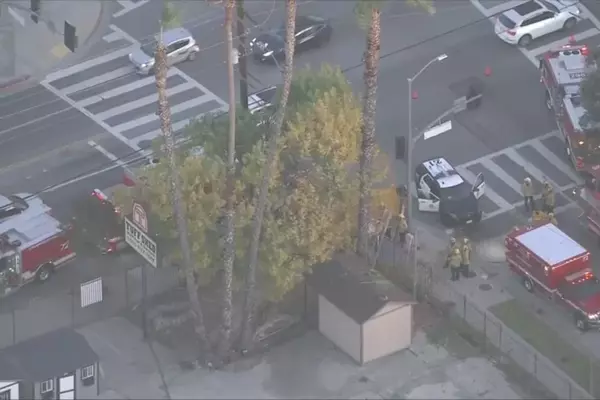
What do you get when you combine mathematics with debating?
You get a “maths battle”, an event for secondary school students in which two teams solve problems, present their solutions to each other, and are encouraged to pick holes in each other’s workings.
The idea of mixing maths with public speaking comes from Russia, where the battles are part of a rich tradition of extra-curricular maths education. Recently, a group of expat Russian mathematicians started organising them in the UK. I went along to one, at Kings College, London, one Saturday last month.
I found the format inspiring, and I’ll expand on why below. Today’s four puzzles are taken from that event. They were given to students in years 7 and 8 (ages 12-13). I have also included two extra, follow-up questions that were given to students in years 9-11 (ages 14-16). En garde!
1. Four red dots
Find a way to draw red points on a sheet of A4 paper such that any circle of radius 1cm that you draw on that piece of paper will contain exactly four red points.
2. Square snip
A 10 x 12 rectangle is cut out of squared paper, as below, and folded along the lines several times to get a 1x1 square. If you were to cut this square in half along a line parallel to two sides, as also illustrated below, how many separate pieces of paper would you get?

3. Locky six
There are six locked suitcases and six keys for them. It is not known which keys are for which suitcase. What is the minimum number of attempts at unlocking suitcases that you need in order to guarantee you know which keys open which suitcases?
4. Cube sabotage
Kathy has eight identical 1 x 1 x 1 yellow cubes. She wants to stack them together to make a 2 x 2 x 2 cube that is completely yellow on the outside. Peter wants to paint some of the faces of the 1 x 1 x 1 cubes purple. What is the smallest number of faces he needs to paint in order to prevent Kathy from being able to make her 2x2x2 cube completely yellow on the outside.
Follow-up: What if Kathy has 27 identical 1 x 1 x 1 cubes. How many faces does Peter need to paint to stop her making a 3 x 3 x 3 cube that is completely yellow on the outside?
I’ll be back at 5pm UK with the solutions.
PLEASE NO SPOILERS
UPDATE: Read the solutions here.
Now back to the maths battles I attended. Each battle was a face-off between two teams, of up to eight students each. (There were two categories, one for years 7-8, and one for years 9-11.)
At the start, each team was given the same set of eight problems and a session of about 40 minutes to solve them. At the end of the session, the teams challenged each other to show their solutions. For each problem, one member of each team went to the board: one attempted to explain the solution, and the other challenged them if they felt the solution was incorrect, a bit like the proposer and opposer in a formal debate. Points were given based on whether the solutions or the objections were valid.
Two things stood out about the battles. First, they encouraged collaboration, since the teams solved the problems collectively. School maths is so often something that you do on your own, at your own level. Yet ‘grown up’ maths – in academia, tech or industry - is almost always collaborative. The battle gave students a taste of how mathematicians work together.
All of the problems could be solved in different ways, which meant that the students were introduced to methods outside of their own comfort zones. They were great problems too, designed to develop problem solving-skills, rather than practice any specific techniques in the curriculum.
Second, explaining maths out loud is very different from writing it down on paper. It is a very useful skill to develop.
Ignat Fialkovskiy, who ran the battles, said: “By bringing competitiveness and teamwork into solving maths problems, maths battles harness fun and wipe out the boredom. They turn maths into an engaging activity that fits well within British school tradition to train and represent your school in team competitions.”
He added that in a maths battle there are ultimate truths. “Unlike in a traditional debate, the students cannot just spin-doctor themselves to victory.”
If you are interested in finding out more about maths battles in the UK, they are run by We Solve Problems: their website is wesolveproblems.org.uk
I set a puzzle here every two weeks on a Monday. I’m always on the look-out for great puzzles. If you would like to suggest one, email me.
I give school talks about maths and puzzles (online and in person). If your school is interested please get in touch.







